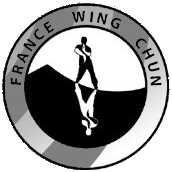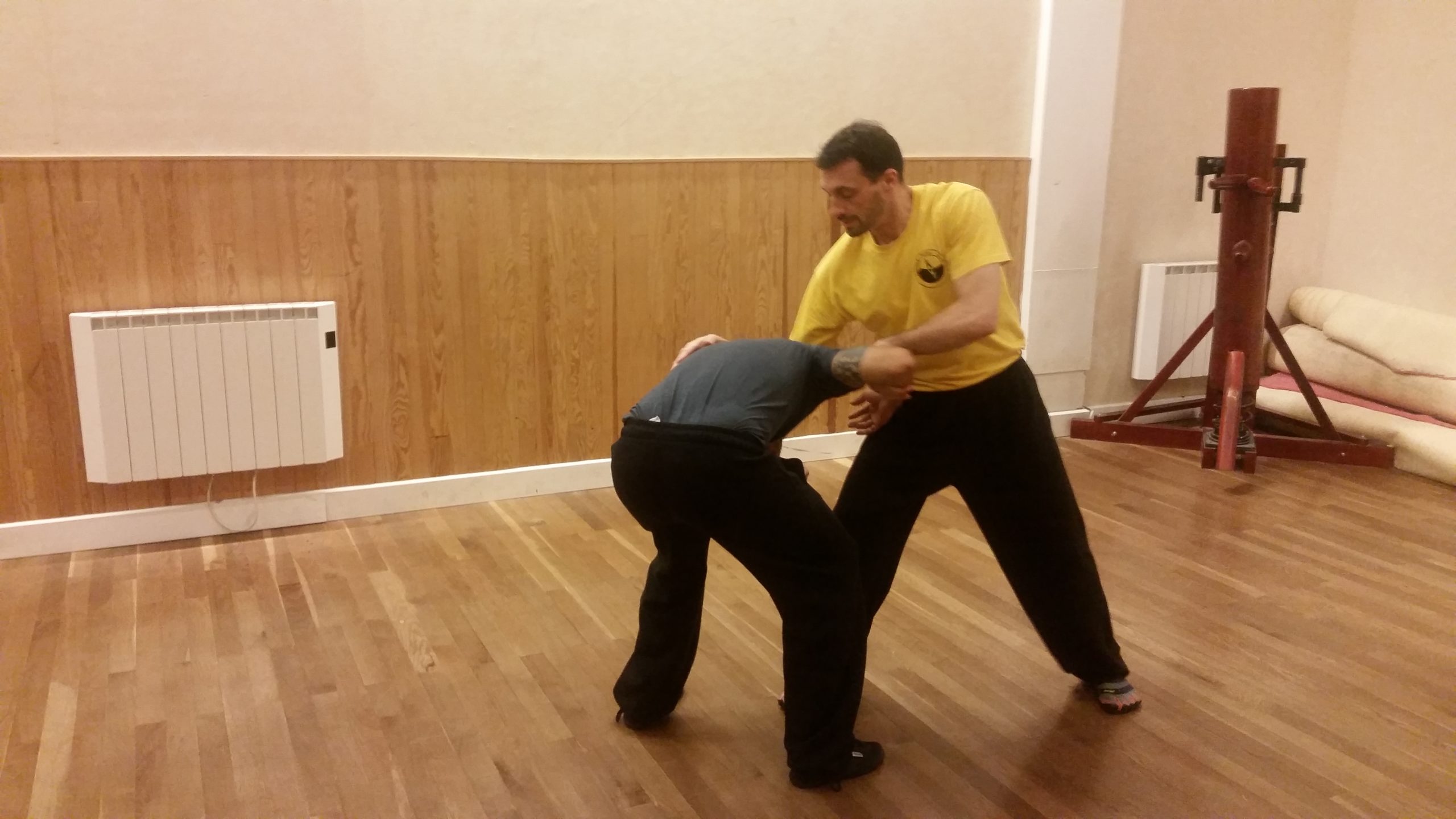Fight is not a movie
I write this article following a discussion started on the forum as it seems important to me to develop the idea.
Sebastien’s question was based on a video where we see two traditional styles practitioners fight in a ring and despite several long minutes of fight, the two protagonists do not use their Kung Fu style but rather fight as anyone would do.
It is true that we all have a precise idea of what a kung fu master should be, and having in mind a Jackie Chan or a Jet Li, we expect to see a fight with flowing and effective techniques. So why such great masters do not look as such when they are in the ring?
It is important to understand what happens in a fighting situation with contact and even more for self defense.
Stress is going to overwhelm us in a contact fight or during an assault. It is going to trigger several reactions in our body to better face the situation and allow putting in place a reaction protocol that is: fight – flee – freeze.
Before going any further, it would be interesting to ask ourself this question, in which category do I fall ?
Am I rather a fighter, that quickly respond when I feel attacked, am I rather eager to run away when I feel fear coming, or do I simply stay there, not moving and hoping storm will go away ?
The good news with this questioning on yourself is that there is no need to go in a ring to find the answer, everyday’s life is stressful enough to see in which category you fall.
Of course, your nature may be modified depending on your conversation partner’s hierarchical position and it is likely that if your line manager comes and tells you something, you may not have the opportunity to tell what’s really in your mind.
In Wing Chun, it is the sticky-hands exercice Chi Sao that will allow you knowing where you and your opponent stand, as him or you will inevitably be attacker, defender or waiting to see what the other will do.
Most of the time it is more interesting to be with a partner from a different nature because through his actions he will accentuate your own nature and either give you confidence or stress you more. The more stressed you will be, the more you will know your deep nature.
Let’s come back to theory:
Among the reactions triggered by stress, two are of interest for this part
1. The first is a decrease in neocortex activity, a brain zone that manages conscience, language, feeling and perception. It is therefore impossible to have a clear and precise reflection during an attack.
2. The second one is an excessive muscle contraction that precludes a fine motor function.
So now what does it concretely mean and how do I integrate that in my practice. I do call that the three invariable rules of fight.
Rule 1/ We always run out of time !!
Yes! During a fight we often run out of time to elaborate a strategy and we have even less time for the accompanying techniques !
I recall working with my friend Pol Charoy in 1993 who was training me at that time to get ready for Pekin’s world championships. He had a hypnotist friends of his come and my first training session was to be hypnotized and ask my unconscious to let my mind find some time, some kind of slow motion during practice.
It was really interesting because it worked so well, I recall seeing things in slow motion while practicing, it was impressive.
Even if you don’t want to go as far as hypnosis, training is here to allow embedding of your martial art techniques in your body, so that it is instinct that makes them come out during the fight. You however have to accept that the technique will not be perfectly executed but still will be efficient, what remains the aim after all.
Rule 2/ We always run out of space !
Here again no surprise, as soon as you want to perform a technique, the opponent is ofter too close to let you do it.
Why do you think Brasilian Ju Jitsu became so popular when Gracies developed Ultimate Fight. Many kickers/boxers were trapped by this rule that an opponent feeling in danger will come closer to you.
There too in Wing Chun, training must be connected to this idea. Many practitioners see in Biu Jee a close range fighting form that allows short distance efficacy, But Biu Jee also gives us a lot of ideas to get back our distance to escape from this lack of space rule.
3/ We lack efficiency !
I think that most fighters pretty soon realize this point. In a real fight, in opposition to movies, when you strike hard your opponent, he is not knocked out, he comes back and strikes too. Not everybody is Mike Tyson.
As a matter of fact, Mike Tyson is a good illustration to speak about efficiency because for those of you who have seen his fights, you probably observed that he does not let go anything while he unleashes his blows. He does not stop an action for a blow, but each one of his punch is potentially the one that will hurt the most. Take a look at his series of punch, they often go by three or four and are combined with body sidesteps that allow him gaining some time, distance and also generating a maximum of power for next strikes.
In wing chun you have the idea of Li Wan Kuen chain punch and together with Cham Kiu pivot work, this allows using body sidesteps for defense as well as attack. Add to that Kei To work, the famous punch with no moving back during strikes, and you have everything in hand to manage these three rules successfully.
Of course this will only be used by your body if the whole of it becomes a second nature of yourself.
Knowing is not enough, we must apply. Willing is not enough, we must do. Bruce Lee.







